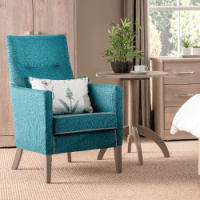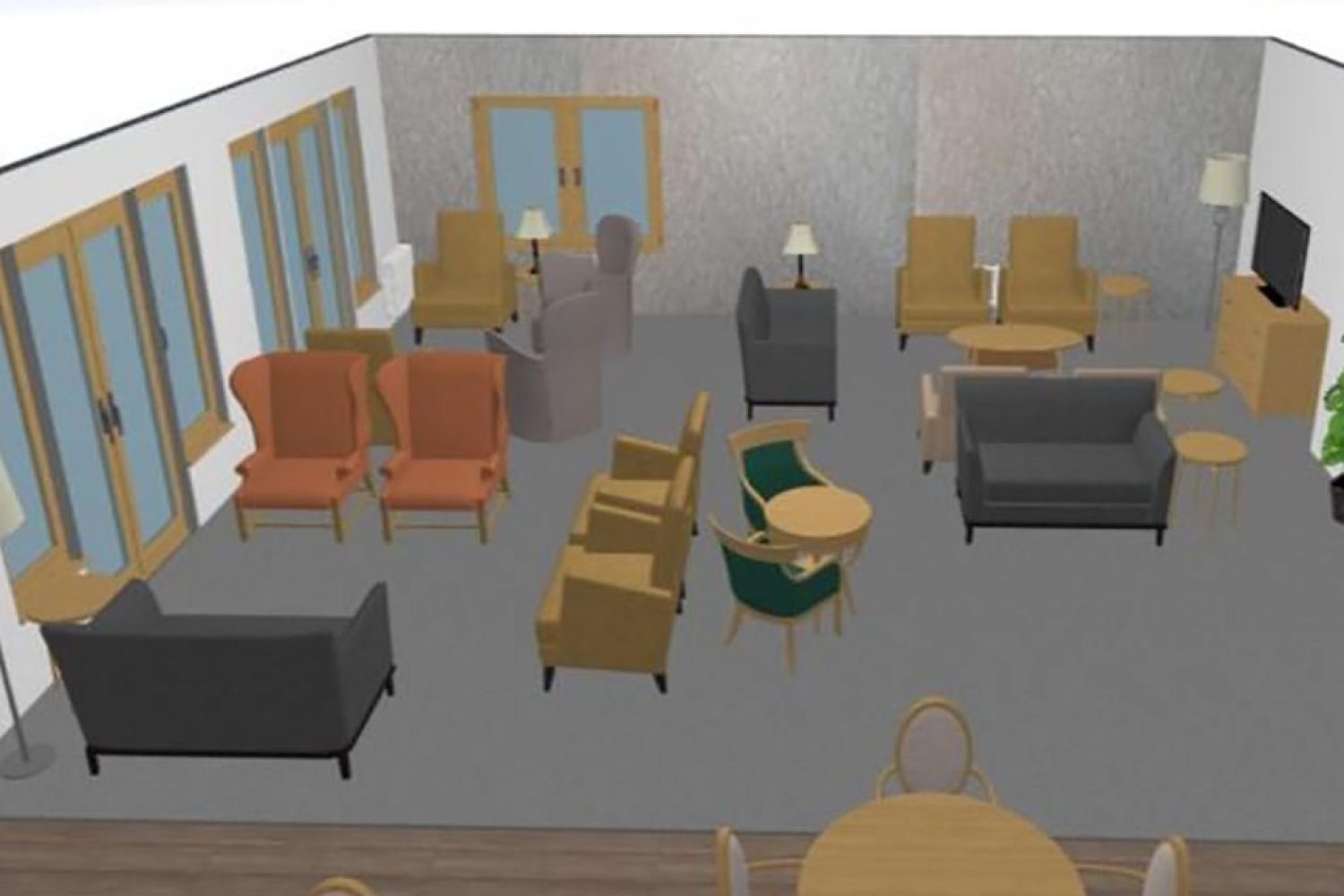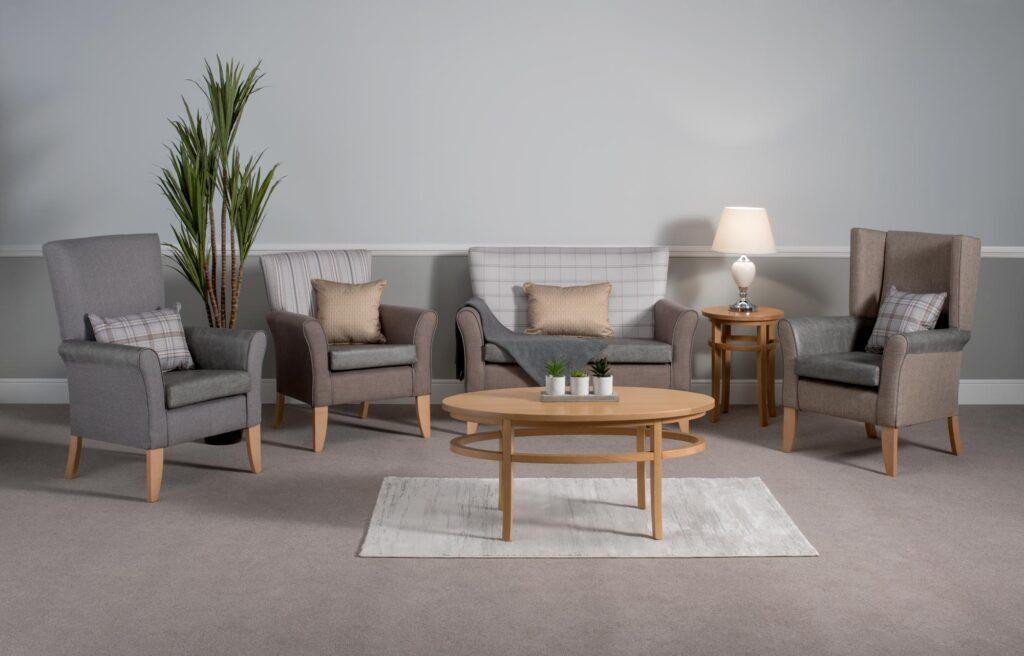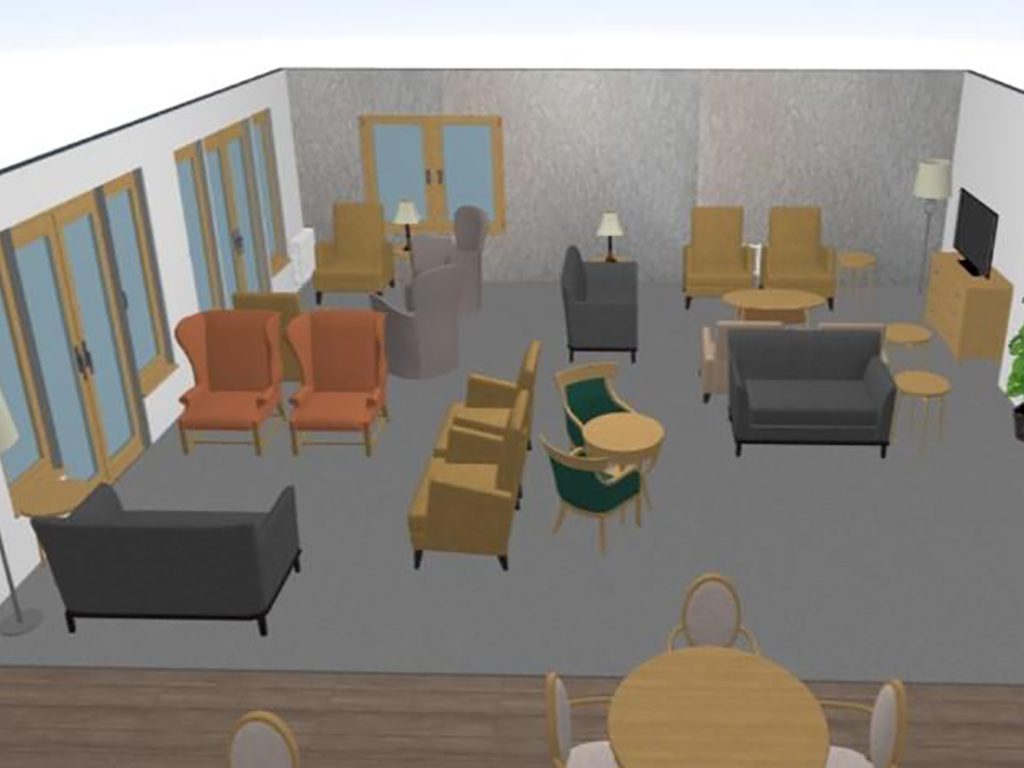- Webinar
- Jordan Cantley
How to get CQC Outstanding In the first episode of our monthly webinar series we discuss The Road to Outstanding. Firstly we hear from Ruth French, operations director at the award winning Stow
A premium collection of complete room packages designed from the ground up specifically for nursing and care homes.

A premium collection of complete room packages designed from the ground up specifically for nursing and care homes.


Purchasing new care home lounge furniture is about more than just the furniture itself. The activities that take place within the room, the amount of residents generally in the space at any one time and the type of atmosphere you want to create all need to be considered. Most importantly, these factors all feed into the layout you choose for your care home lounge furniture. A study has shown that care home residents, on average, spend 19% of their time doing nothing, and 50% of their time with no social interaction, therefore creating a space that encourages participation and stimulation is incredibly important. Often chairs are placed around the outside of the room in care settings, however considering other layout options can promote social interaction and engagement between residents and also care staff and with activities. In this blog we give some simple ideas and different lounge layouts that you can consider when next purchasing care home lounge chairs or simply looking at a reorganisation of your current nursing home living room furniture.

Clusters of different types of chairs within a space is a great way to provide different zones within the same room as well as allowing residents to have face to face conversations and interactions. By placing some chairs opposite others, residents can choose if they would rather watch the TV, read by a window or have a chat with a fellow resident, something that isn’t easily possible with all of the chairs next to each other around the outside of a room. Consider the following when looking at a clustered layout:
Creating a layout similar to that pictured in the scheme we designed below is worth considering if you’re looking for a change and have a multi-functional space.

Providing different types of chair within a setting is important to cater for different residents needs, as we explain in a previous blog post. When considering the positioning of these chairs in relation to the room have a think about the below:
Allowing adequate access for those using wheelchairs and Zimmer frames is key to making sure that everyone can be involved in communal spaces as much as they would like to be. As a general rule of thumb, allow 1 – 1.2m gaps between chairs and along gangways for wheelchairs to be able to manoeuvre and access safely.
We hope that this blog has given you some inspiration to consider when looking at your care home lounge layout. There can often seem to be lots of things to consider when working out what layout will work best for residents and carers, but promoting interaction, conversation and stimulation amongst residents should always be one of the key considerations. Our interior design team have a wealth of experience in compiling interiors schemes, mood boards and room layouts as shown in this blog that cater to your specific requirements, if you’d like to discuss your next project and get some expert advice you can contact us on 01603 664900 or sales@furncare.co.uk.
Donate to the Care Workers Charity and make a difference.
| Cookie | Duration | Description |
|---|---|---|
| cookielawinfo-checkbox-analytics | 11 months | This cookie is set by GDPR Cookie Consent plugin. The cookie is used to store the user consent for the cookies in the category "Analytics". |
| cookielawinfo-checkbox-functional | 11 months | The cookie is set by GDPR cookie consent to record the user consent for the cookies in the category "Functional". |
| cookielawinfo-checkbox-necessary | 11 months | This cookie is set by GDPR Cookie Consent plugin. The cookies is used to store the user consent for the cookies in the category "Necessary". |
| cookielawinfo-checkbox-others | 11 months | This cookie is set by GDPR Cookie Consent plugin. The cookie is used to store the user consent for the cookies in the category "Other. |
| cookielawinfo-checkbox-performance | 11 months | This cookie is set by GDPR Cookie Consent plugin. The cookie is used to store the user consent for the cookies in the category "Performance". |
| viewed_cookie_policy | 11 months | The cookie is set by the GDPR Cookie Consent plugin and is used to store whether or not user has consented to the use of cookies. It does not store any personal data. |